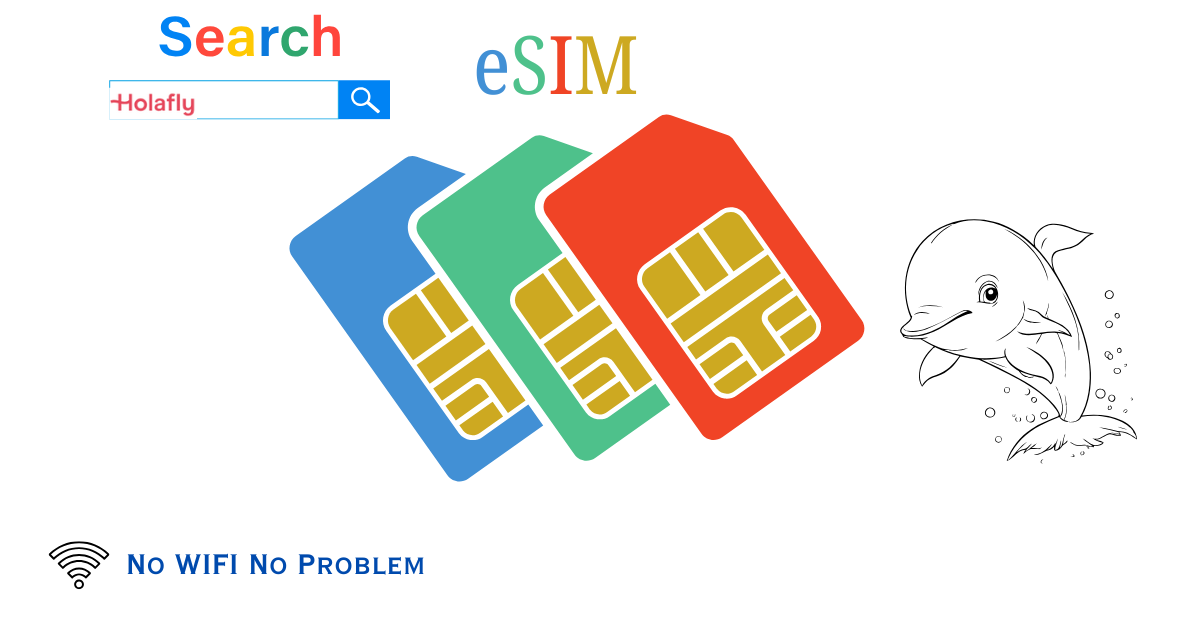The way we connect to mobile networks is undergoing a quiet revolution. eSIM technology is replacing physical SIM cards, offering greater flexibility, convenience, and cost savings—especially for travelers, business users, and tech enthusiasts.
This definitive guide covers:
✔ What eSIMs are and how they differ from traditional SIMs
✔ Key benefits, including cost savings and convenience
✔ Step-by-step setup instructions for iPhones and Androids
✔ Potential drawbacks and how to overcome them
✔ Best use cases, including international travel
eSIM vs. Physical SIM: Key Differences
| Feature | eSIM | Physical SIM |
| Form Factor | Embedded in device | Removable plastic card |
| Activation | Instant (via QR code) | Requires physical swap |
| Multi-Network | Stores multiple profiles | Single carrier at a time |
| Travel Use | Buy before arrival, activate instantly | Find a local SIM vendor |
| Eco-Impact | No plastic waste | Disposable packaging |
Why It Matters: eSIMs eliminate SIM-swapping, reduce roaming costs, and enable dual-SIM functionality (e.g., keeping your home number while using local data abroad).
Top Benefits of eSIMs
📲 Instant Activation
- No waiting for shipping or store visits—just scan a QR code to activate.
🌍 Seamless Travel Connectivity
- Purchase regional eSIMs (e.g., Europe, Asia, or Global) before departure.
- Example: A 10GB Europe eSIM costs ~
- 30vs.
- 30vs.100+ for traditional roaming.
📱 Dual-SIM Flexibility
- Use your primary number for calls while running data on a local eSIM.
♻️ Eco-Friendly
- No plastic waste from disposable SIM cards.
🔒 Enhanced Security
- No risk of losing or damaging a physical SIM.
How to Set Up an eSIM (With Screenshots)
Step 1: Check Compatibility
- iPhone: XS or newer (iOS 12.1+)
- Android: Pixel 2+, Galaxy S20+, or check here
- Other Devices: Select iPads, smartwatches
Step 2: Buy an eSIM Plan
- For Travel: Compare providers like Airalo, Holafly, or Truphone
- For Daily Use: Check if your carrier supports eSIM (e.g., T-Mobile, Verizon)
Step 3: Activate via QR Code
- iPhone:
- Settings > Cellular > Add Cellular Plan → Scan QR code
- Settings > Cellular > Add Cellular Plan → Scan QR code
- Android:
- Settings > Connections > SIM Manager > Add eSIM
Step 4: Configure APN (If Needed)
- Some carriers require manual APN settings for data.
Potential Challenges & Solutions
❌ Not All Devices Support eSIM
- Fix: Verify compatibility before purchasing. Budget phones often lack support.
❌ Carrier Locking Issues
- Fix: Unlock your phone before switching eSIMs.
❌ Limited Provider Options
- Fix: Use global eSIM marketplaces (e.g., Airalo) for more choices.
❌ Profile Management Complexity
- Fix: Label profiles clearly (e.g., “Work eSIM” or “Travel Data”).
Best Use Cases for eSIMs
✈️ Frequent Travelers
- Avoid roaming fees by switching to local eSIMs instantly.
💼 Business Users
- Separate work/personal lines on one device.
🌱 Eco-Conscious Consumers
- Reduce plastic waste from SIM cards.
Final Verdict: Should You Switch?
eSIMs are ideal if you:
✅ Travel internationally often
✅ Want dual-SIM flexibility
✅ Prefer instant, no-hassle activation
Stick with physical SIMs if you:
❌ Use an older, incompatible device
❌ Frequently switch phones
❌ Prefer local SIM bargains in developing countries
Ready to Try an eSIM?
🔗 Compare travel eSIMs: Airalo | Holafly
🔗 Check compatibility: eSIM Device List
Have questions? Drop them below! 🚀

No responses yet